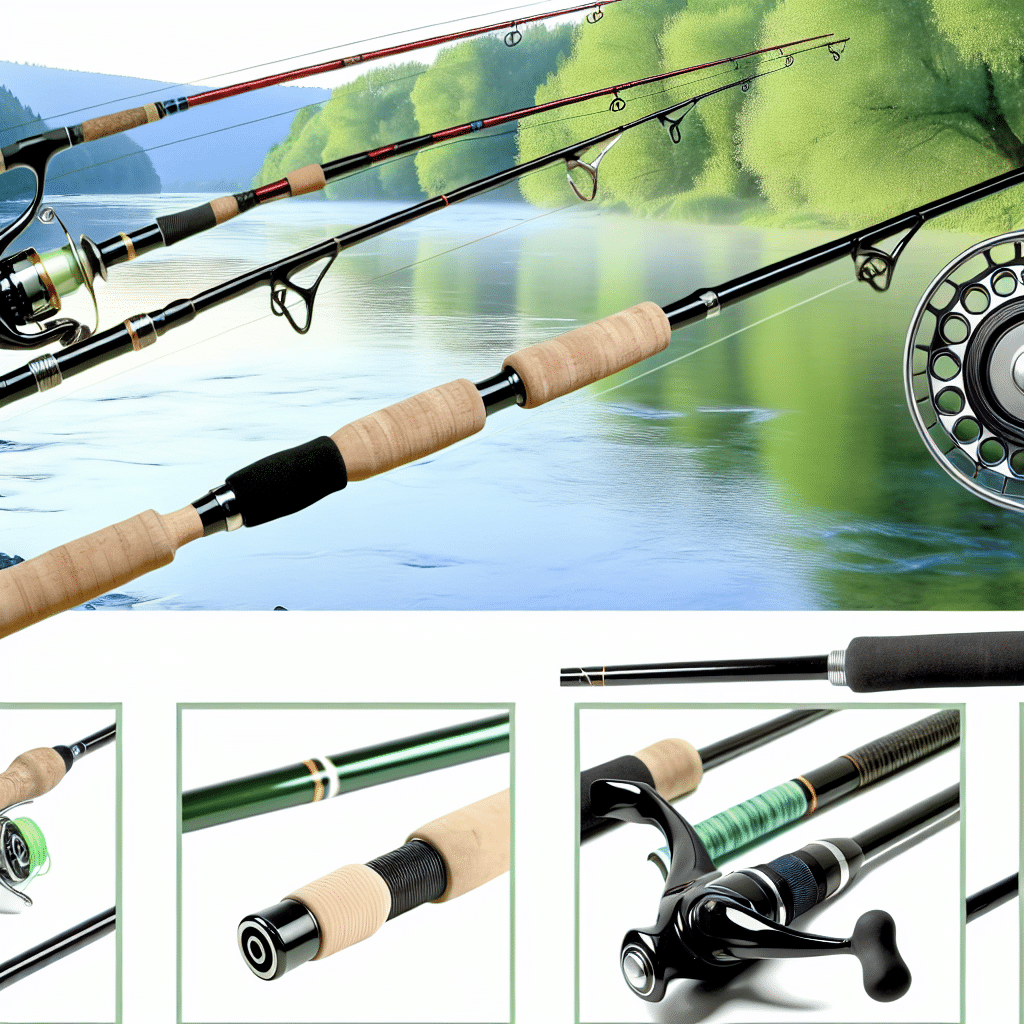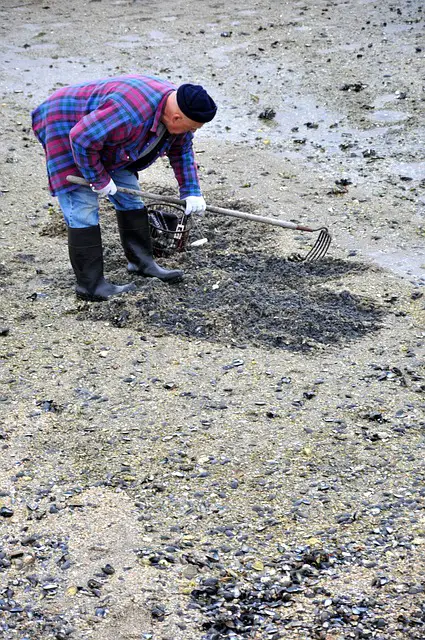Fishing has captivated the hearts and minds of enthusiasts for centuries, providing a harmonious blend of relaxation and excitement. At the heart of this timeless pastime lies a crucial piece of equipment: the fishing rod. In this comprehensive guide, we delve deep into the intricacies of angling fishing rods, uncovering their components, types, and maintenance tips to help you elevate your fishing experience to unparalleled heights.
What Makes an Angling Fishing Rod Essential?
An angling fishing rod is more than just a tool; it is an extension of the angler’s senses. The ideal fishing rod allows for precise casting, sensitivity to the faintest of bites, and the strength to reel in your prized catch. Understanding the anatomy of an angling fishing rod is the first step in mastering its use.
Components of an Angling Fishing Rod
1. **Blank**: The blank is the main body of the rod, typically made from graphite, fiberglass, or a composite material. Its flexibility and strength determine the rod’s action and power.
2. **Handle/Grip**: Found at the base of the rod, the handle is where you hold the rod. Materials such as cork or EVA foam ensure comfort and grip during prolonged use.
3. **Reel Seat**: The reel seat secures the fishing reel to the rod, ensuring stability and balance.
4. **Guides/Eyes**: These rings run along the rod’s length, guiding the fishing line. They distribute stress and keep the line in place during casting and reeling.
5. **Tip**: The rod’s tip is its most sensitive part, crucial for detecting bites and precise casting.
Types of Angling Fishing Rods: Which One Should You Choose?
Choosing the right angling fishing rod depends on various factors such as your target species, fishing environment, and personal preferences. Here are some popular types:
Spinning Rods
Spinning rods are versatile and user-friendly, making them ideal for beginners and experienced anglers alike. They pair with spinning reels and are suitable for catching a variety of fish species in freshwater and saltwater environments.
Casting Rods
Casting rods are designed for accuracy and distance, featuring a trigger grip to enhance casting control. Paired with baitcasting reels, these rods excel in targeting species that require precise lure placement, such as bass and pike.
Fly Rods
Fly rods are specialized for fly fishing, a method requiring delicate presentation of artificial flies. These rods are characterized by their lightweight build and are designed to cast fly lines rather than traditional fishing lines.
Telescopic Rods
Telescopic rods are highly portable, featuring a collapsible design for easy transport. They offer convenience without sacrificing performance, making them a great choice for anglers on the go.
How to Maintain Your Angling Fishing Rod for Longevity?
Proper maintenance of your angling fishing rod ensures its longevity and peak performance. Here are some essential tips:
1. **Clean After Every Use**: Saltwater and freshwater can cause corrosion and damage to your rod. Rinse your rod with fresh water after each use and dry it thoroughly.
2. **Inspect for Damage**: Regularly check your rod for signs of wear and tear, such as cracks, loose guides, or a damaged reel seat. Addressing these issues promptly can prevent further damage.
3. **Store Correctly**: Store your rod in a cool, dry place away from direct sunlight. Use a rod rack or protective case to prevent warping and physical damage.
4. **Lubricate Reel Seat**: A light application of reel oil on the reel seat can prevent corrosion and ensure smooth operation.
Frequently Asked Questions about Angling Fishing Rods
What is the Best Material for a Fishing Rod?
The best material for a fishing rod depends on your fishing style and preference. Graphite rods offer sensitivity and lightweight, while fiberglass rods provide durability and flexibility. Composite rods combine the best of both worlds, offering a balance between sensitivity and strength.
How Do I Choose the Right Rod Length?
Rod length depends on your fishing environment and target species. Longer rods (over 7 feet) are suitable for casting long distances and fighting larger fish, while shorter rods (under 7 feet) offer better control and are ideal for fishing in confined spaces.
Can I Use a Spinning Rod for Fly Fishing?
Spinning rods are not designed for fly fishing as they lack the specific features required for casting fly lines. For fly fishing, a dedicated fly rod is recommended.
Conclusion: Elevate Your Angling Experience
Mastering the art of angling begins with understanding and selecting the right fishing rod. Whether you’re a novice angler or an experienced fisherman, choosing the appropriate angling fishing rod tailored to your needs will enhance your overall fishing experience. From the rod’s components and types to maintenance tips, this guide provides the knowledge necessary to make informed decisions and enjoy countless successful fishing adventures.
Happy fishing!




